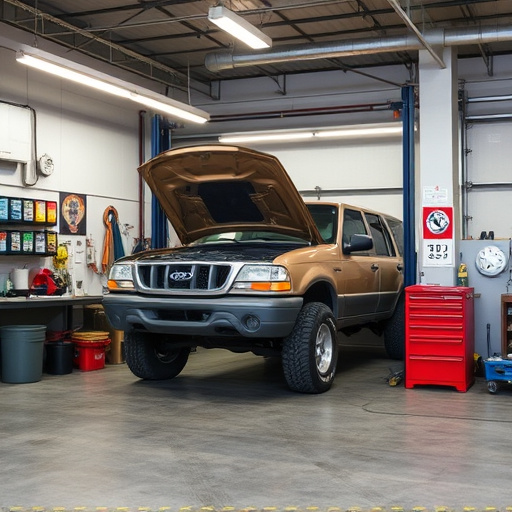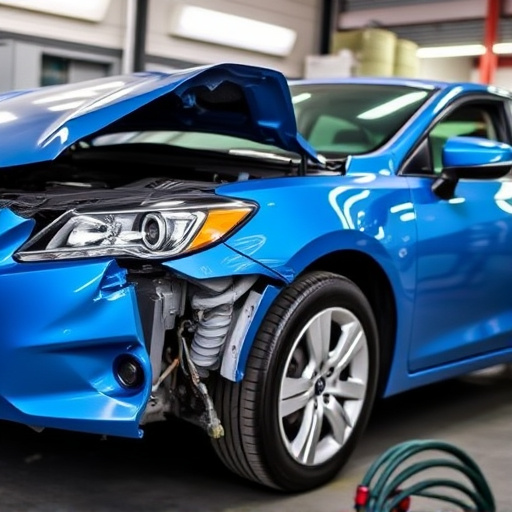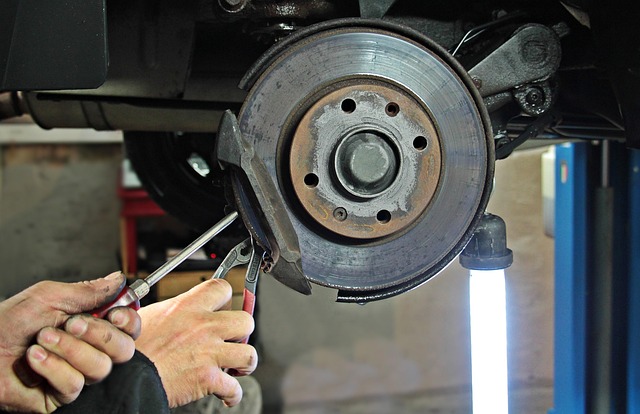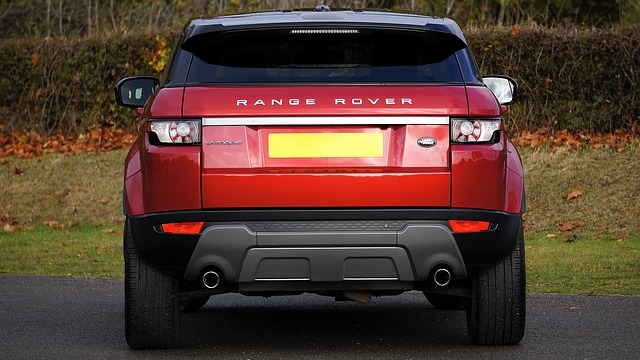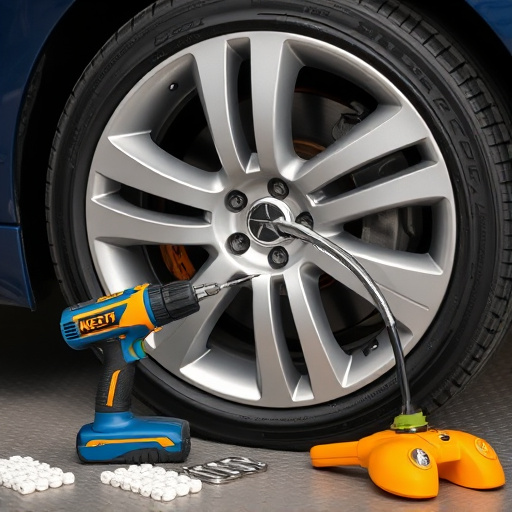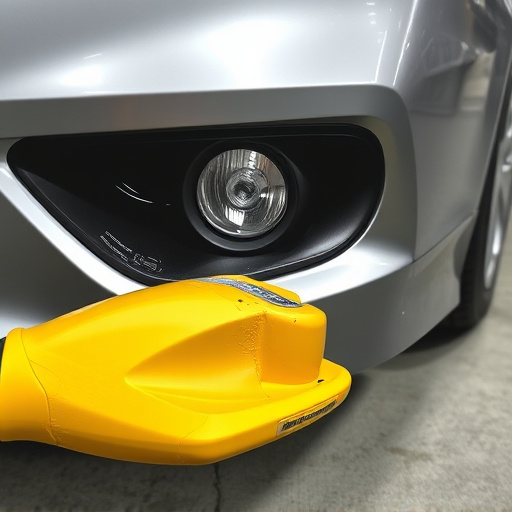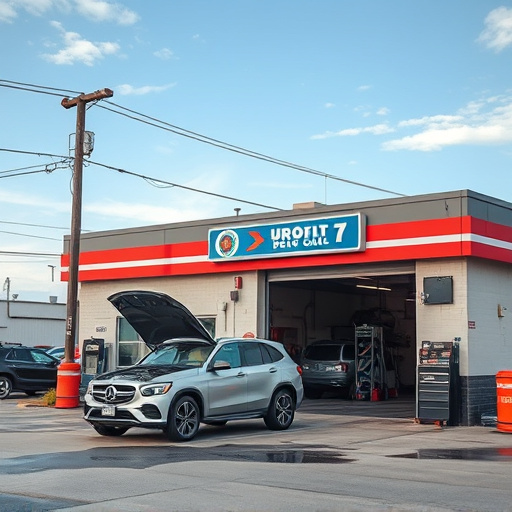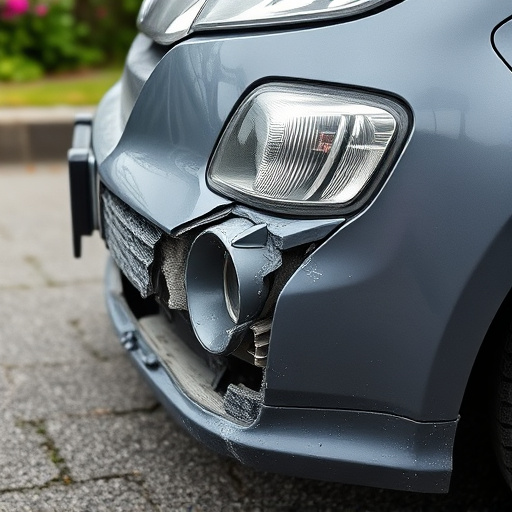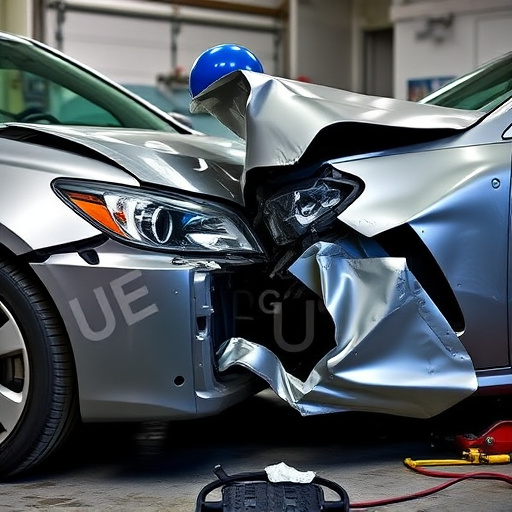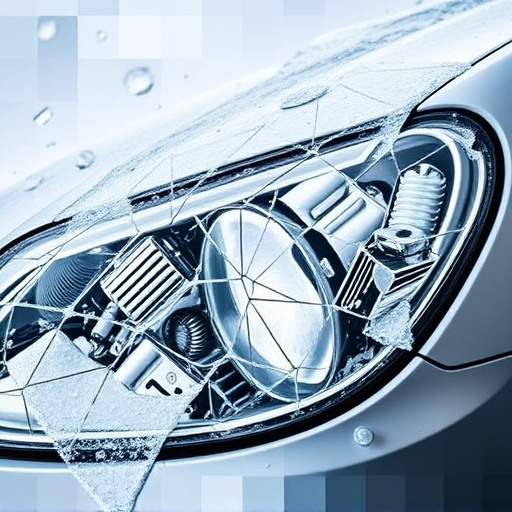Mercedes commercial vehicle repair requires a deep understanding of brand guidelines, covering engine specs to design, ensuring integrity and performance. This meticulous process involves inspection, paintless dent repair, parts authenticity, and precise manual-based repairs. While adhering to high standards guarantees reliability, it demands significant resources, training, and advanced equipment, increasing costs for workshops.
Mercedes commercial vehicle repair is a specialized field that demands adherence to stringent Mercedes engineering guidelines. This comprehensive guide explores the intricate process of ensuring compliance, offering a step-by-step approach for mechanics and workshops. From understanding detailed specifications to implementing precise repairs, we delve into the benefits and challenges of meeting Mercedes standards, emphasizing the significance of quality and safety in the commercial vehicle industry.
- Understanding Mercedes Engineering Guidelines for Commercial Vehicles
- The Process of Compliant Vehicle Repair: A Step-by-Step Guide
- Benefits and Challenges in Adhering to Mercedes Specifications
Understanding Mercedes Engineering Guidelines for Commercial Vehicles
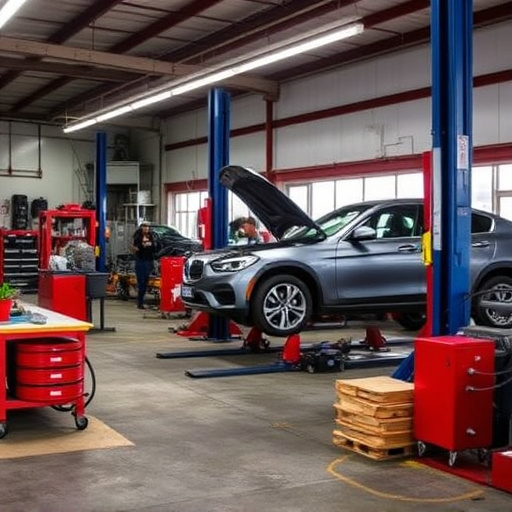
Mercedes commercial vehicle repair requires a deep understanding of the brand’s engineering guidelines, which are designed to ensure optimal performance and safety. These guidelines encompass everything from engine specifications to interior design and exterior styling, setting a high standard for quality and reliability. For mechanics and workshops specializing in Mercedes commercial vehicles, adhering to these guidelines is not just a recommendation but an essential practice to maintain the integrity of the brand.
When it comes to aspects like auto glass repair or vehicle restoration, Mercedes engineering guidelines provide specific protocols to follow. This includes using original equipment manufacturer (OEM) parts for replacement, ensuring precise measurements during repairs, and adhering to stringent quality control measures. By strictly complying with these directives, technicians can guarantee that the restored or repaired Mercedes commercial vehicle not only functions as new but also retains its iconic design and performance characteristics.
The Process of Compliant Vehicle Repair: A Step-by-Step Guide
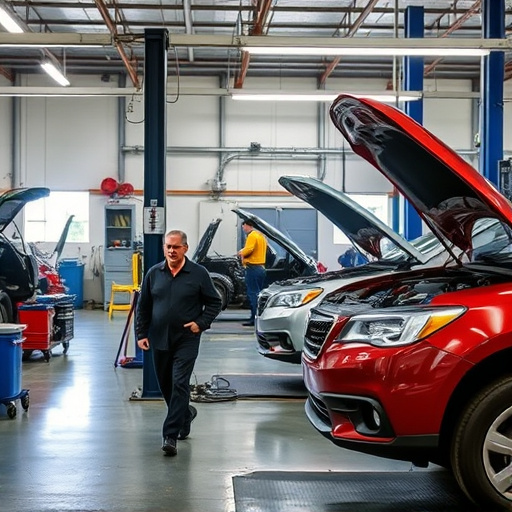
When it comes to Mercedes commercial vehicle repair, adhering to strict guidelines is paramount for maintaining the integrity and performance of these sophisticated machines. The process involves a meticulous step-by-step approach, ensuring every aspect aligns with Mercedes’ engineering standards. It begins with a thorough inspection, identifying the extent of damage, whether from minor car dent repairs or more significant car collision repair scenarios.
For instance, in the case of paintless dent repair, technicians utilize specialized tools to gently push out dents without affecting the vehicle’s paintwork. Each step is documented, and parts are sourced directly from Mercedes to guarantee authenticity and compatibility. Skilled mechanics then proceed with precise repairs, including panel replacement, engine servicing, and electrical system checks, all while referencing detailed technical manuals. This comprehensive process guarantees that every Mercedes commercial vehicle undergoes a rigorous transformation, returning it to its optimal condition on the road.
Benefits and Challenges in Adhering to Mercedes Specifications

Adhering to Mercedes engineering guidelines for commercial vehicle repair presents both benefits and challenges. On one hand, following these specifications ensures that repairs meet the highest standards set by the brand, maintaining the vehicle’s original performance and reliability. This is particularly important for fleet operators who rely on their vehicles for daily operations; any deviation from Mercedes’ guidelines could compromise safety and efficiency. Moreover, adhering to these standards can facilitate access to genuine Mercedes parts and tools, ensuring that repairs are done using the most compatible and high-quality resources.
On the other hand, strictly complying with Mercedes specifications can be demanding and resource-intensive for repair shops, especially those handling a diverse range of commercial vehicles. This is because every vehicle model has its unique design nuances, requiring specialized knowledge and equipment to address various issues, from tire services and dent repairs to complex auto body repairs. Consequently, workshops must invest in continuous training, stay updated with Mercedes’ latest engineering updates, and acquire the necessary tools to meet these demanding standards, which can significantly impact their operational costs.
Mercedes commercial vehicle repair, when conducted according to the brand’s engineering guidelines, offers numerous advantages. By adhering to these specifications, repair shops can ensure superior performance, enhanced safety, and extended vehicle lifespan for Mercedes’ robust commercial fleet. While there may be initial challenges in implementing these strict standards, the long-term benefits, including increased customer satisfaction and reduced downtime, make it an indispensable practice for any dedicated Mercedes service center.

